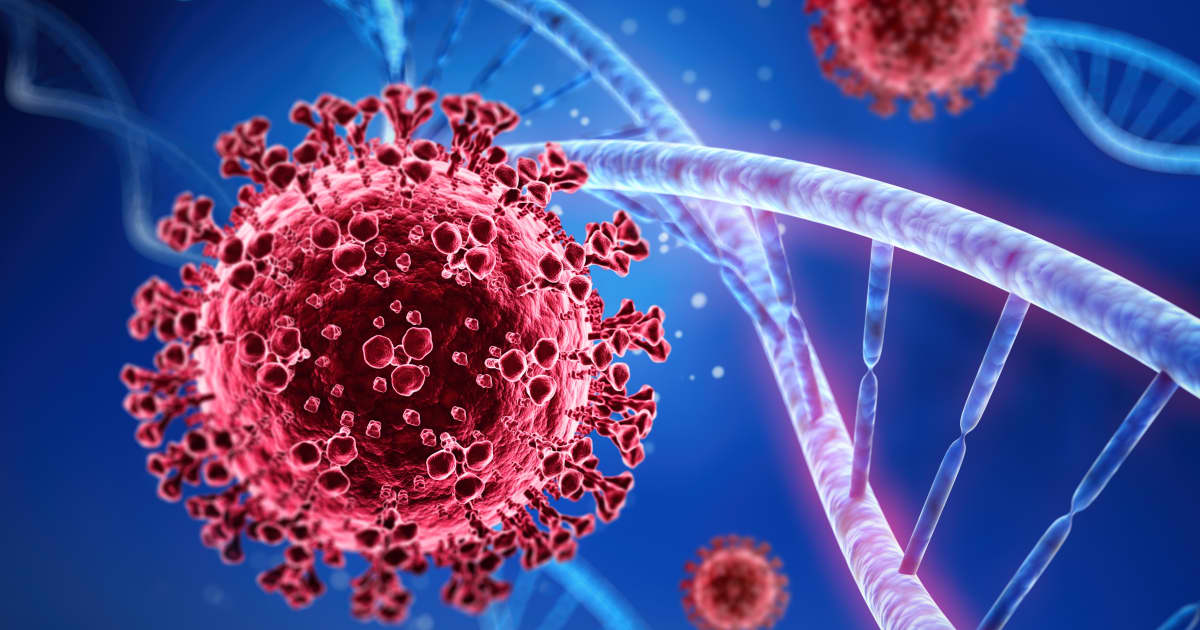We are going to begin this series of articles with a “creature” that some do not consider alive – viruses. While studying marine science in college, and my early days as a marine science educator, there was a debate as to whether viruses were actually alive and should be included in a biology course. A quick glance at the textbooks of the time shows they were often omitted – though they were included in my microbiology class. Why were they omitted? Why did some consider them “non-living creatures”?
Well, we always began biology 101 with the characteristics of life. Let’s scan these characteristics and see where viruses fit.
- Made of cells. This is not the case for viruses. A typical cell will include a cell membrane filled with cytoplasm and a nucleus, which is filled with genetic material (chromosomes containing DNA and RNA). An examination of a virus you will find it is either DNA or RNA encapsulated in a protein coat. It is “nucleus-like” in nature. Most cells run between 10-20 microns in size. A typical nucleus within a mammal cell will run between 5-10 microns. A typical virus would be 0.1 microns – these are tiny things – MUCH smaller than a cell.
- Process energy. Nope – they do not. Most cells utilize energy during their metabolism. Viruses do not do this.
- Growth and development. Nope again. They “spread”, which we discuss in a moment, but they do not grow. We are now 0-3.
- Homeostasis. Homeostasis is the movement of material and environmental control to remain stable – and viruses do not do this.
- Respond to stimuli. Yes… here is one they do. Studies show that viruses do respond to their chemical and physical environment.
- Metabolism. As mentioned above, this would be a no.
- Adaptation. Studies show that through very rapid reproduction they can adapt to the changing environment they are in.
- Reproduce. This is a sort of “yes/no” answer. They do reproduce (as we say – “spread”) but they do not do this on their own. They invade the nucleus within the cells of their host and replace their genetic material with that of the host creature. Then, during cell replication within the host, new viruses are produced and “spread”.
So, you can see why there is a debate. Of the eight common characteristics of life, viruses possess only three – and one of those can only be achieved with the assistance of a host creature. Now the question would be – do be labeled as a “creature” do you need ALL eight characteristics of life? Or only a few? And if only a few – how many? Because of this most biologists do not consider them alive.
During one class when we were discussing this a student made a comment – “don’t we KILL viruses? If so, then it must be alive first”. Point taken – and we should understand the phrase “kill a viruses” does not mean literally killing. It is a phrase we use. Though some argue we do kill viruses and thus…
Another point we could make here is that all life on the planet has been classified using a system developed by the Swedish botanist Carlos Linnaeus. Each creature is placed in a kingdom, then phylum, class, order, family, genus, and eventually a species name is given. We “name” the creature using its genus and species name – Homo sapiens for example. We do not see this for viruses.
All that said, both the National Oceanic and Atmospheric Administration and the National Institute of Health indicate the “most common form of life in the sea are viral-like particles” – with over 10 million in a single drop of seawater. We will leave the debate here. Your thoughts?
- Rattlesnakes on Our Barrier Islands; Part 4 – Thermoregulation - December 29, 2025
- Rattlesnakes on Our Barrier Islands; Part 3 – Envenomation - December 22, 2025
- St. Joe Red Tide Claiming Terrapins - December 15, 2025

